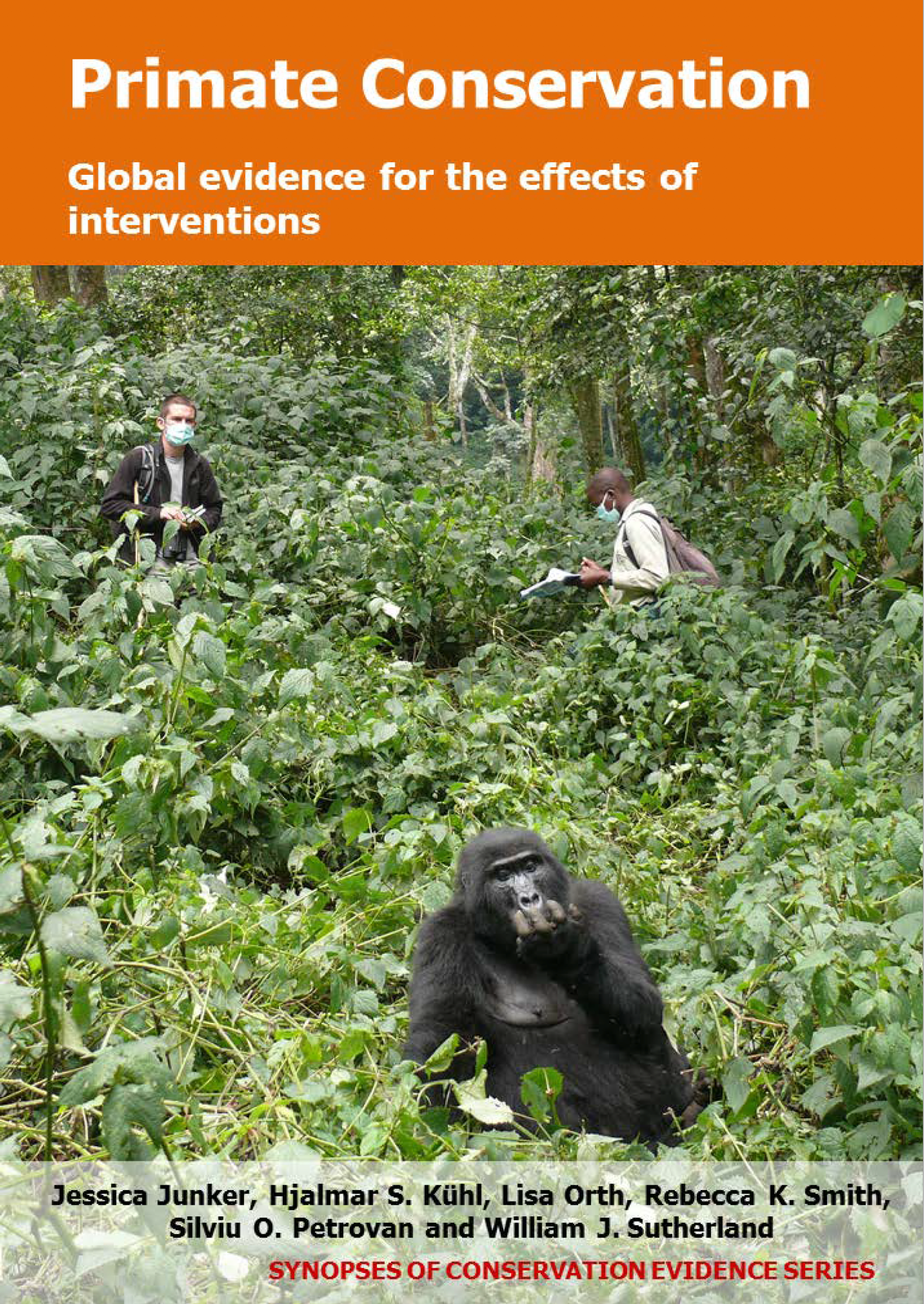Strengthen/support/re-install traditions/taboos that forbid the killing of primates
-
Overall effectiveness category Unknown effectiveness (limited evidence)
-
Number of studies: 1
View assessment score
Hide assessment score
How is the evidence assessed?
-
Effectiveness
60% -
Certainty
10% -
Harms
0%
Study locations
Supporting evidence from individual studies
A site comparison in 2007 in tropical forest in Nam Kan Valley in Nam Kan Provincial Protected Area, Laos found that Laotian black crested gibbons Nomascus concolor lu that were protected by a local hunting taboo occurred at higher group densities compared to other sites. In the survey area, average group density was estimated at 2.2 groups/km2 compared to 0.43 to 0.82 and 1.6 groups/km2 in Yunnan Province and Che Tao in northern Vietnam, respectively. However, no statistical tests were carried out to determine whether this difference was significant. The ban was implemented in 1975 by one of the local village heads. In Yunnan Province and Che Tao no hunting bans were reported to exist. An auditory survey was conducted in the survey area using eight single listening points stationed roughly 0.5-2 km apart, each of which were used on one to five days.
Study and other actions tested
Where has this evidence come from?
List of journals searched by synopsis
All the journals searched for all synopses
This Action forms part of the Action Synopsis:
Primate Conservation
Primate Conservation - Published 2017
Primate Synopsis





)_2023.JPG)














